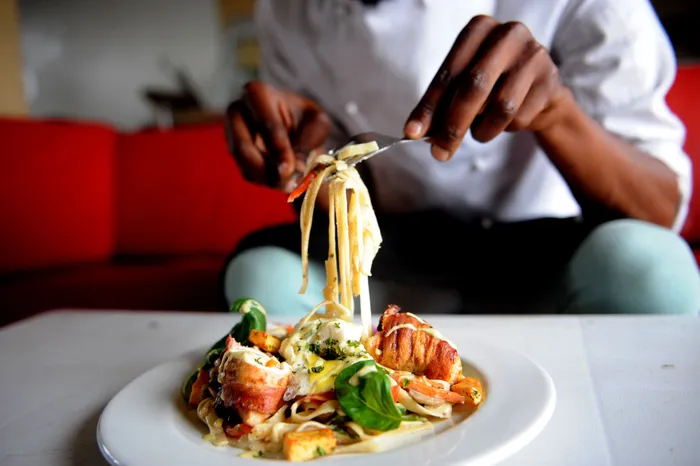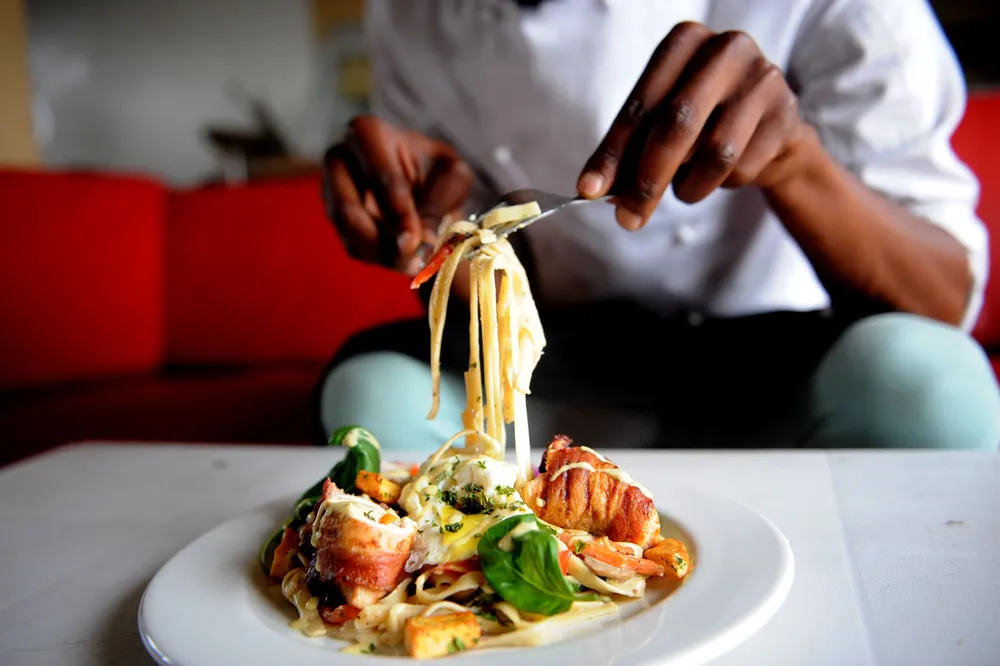Youth voices on Heritage Day: Tradition vs Transition

Change the perception of food and entertainment by infusing kasi culture and 5 star restaurant experience, and nourish people’s souls through the experience – this is the vision of Orgasmic Gawulo, established in October 2017. Even some of the food we eat in our own homes is from other South African cultural groups, not only our own. All this is proof that as culture evolves, so does our ability to adapt, the writer says. Picture: Ayanda Ndamane/African News Agency (ANA)
Picture: Ian Landsberg – Dancers from the Taare Troupe join forces with other dance groups in a dazzling Bollywood-themed dance extravaganza, uniting seemingly contrasting dance forms such as Belly, Spanish, Ballroom, Hip Hop, Contemporary and African dance in a magical harmony of movements. While apartheid’s aim was to keep South African people apart, instead, with labour migration, among others, more people learnt other languages and cultures outside of their own. It is where cultures touch each other that they evolve, the writer says.
By Selokela Molamodi
It is true that change is good and it takes time. The same can be said of tradition, but tradition also tracks and reflects time, casting our memories in stone.
Heritage Day is one of the few holidays we look forward to as a nation. It is a holiday that reminds us that we are richly diverse. Even better, it is a day that reminds us of how multi-layered and multifaceted we are as a people. If anything, this is the day where those who know their clam names will recite them with a great sense of pride. It is a colourful day that emphasises that we are different yet similar.
South Africa has 12 official languages, inclusive of Sign Language. The apartheid system did a good job of keeping our nation’s people apart. It is for this reason that every tribe stuck to its own. However, this steadily changed with labour migration as more people learnt other languages and cultures outside of their own. Places like Soshanguve (Sotho-Shangaan-Nguni-Venda) emerged where a new community of different backgrounds was formed.
In spite of being integrated with other communities in pursuit of economic freedom and better life prospects, we still kept to our core traditional practices. For example, many parents would allow their children to speak other languages in the street but speak the home language once at home. You can speak SeTswana in the street with your friends but once you are at home, you must speak isiXhosa! It was almost like you can be a chameleon out in the world but never at home.
The trickiest thing is not switching from one language to another. Rather it is adapting the culture of the language and mixing it with your own. The reality is that there are so many things that we practice in our homes that are not necessarily from the core of our culture. For example, some of the food we eat is from other South African cultural groups, not only our own. All this is proof that as culture evolves, so does our ability to adapt.

It is easy to think that just because we are transitioning, we are losing our tradition. However, all tradition is just a reference from which we draw our inspiration and guideline to manoeuvre life while transition is the actual living. We cannot have one without the other.
A wise person once said: “The secret of the future lies in the past.” That could not be any truer this heritage month.
Selokela Molamodi is an activator and conversationalist at Activate Change Drivers
This article is original to the The African. To republish, see terms and conditions.